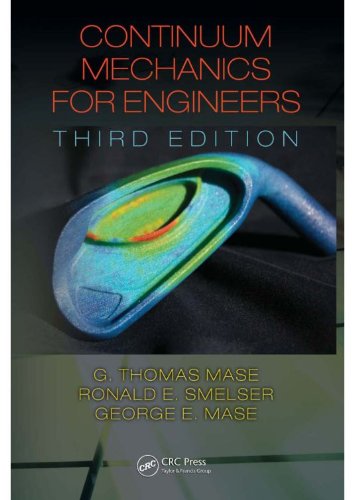

Full description not available
R**A
Four Stars
Got the book in a good condition.
W**G
Four Stars
great
E**R
good condition
the book was with few details but almost perfect
J**I
The book is new but in poor printing condition
The book is shipped from Korea. It is new. I checked it with the version sold in US. The printing is not so good as some part of the figure is missing and the lines and characters are a little bit blur and coarse. What is weird is that the it is printed in US just as my classmates' books. One Korean classmate suggest the reason to be that they sold the bad printed books to Korea...... Who knows.
T**T
This classic text suffers from "growing pains" that will undoubtedly be fixed by the next edition
Like previous editions, this book is famously accessible to beginners. Most of the horrendously unprofessional typesetting errors in previous editions are corrected in this edition, which has been converted to LaTeX. The price of this "cleanup" is that new typos will have emerged. This edition continues to have a perfect level of detail for beginners to learn basic kinematics and balance laws. Like previous editions, however, the sections on constitutive modeling are tough for most students. Recommendation: wait for the next edition to see if the typos are fixed and if the constitutive modeling sections improve. If so, my review for that future edition will be five stars.
E**O
3rd edition still has typos, dry reading
I taught a graduate course on continuum mechanics with the 3rd edition. The 3rd edition still has typos, making it hard for instructor and student alike. Few physical interpretations for the equations make it difficult to hold student's attention to the subject. For example, an unnumbered equation at the top of p. 12 is not identified as Lagrange's formula, a fact that could be used to illustrate the topic and to motivate the students. Sometimes the notation is confusing, switching among those used by various classic authors. Then, important formulas, while correct, are not cast using common letters as indices, like i and j, but using randomly selected letters. Even if the formula is correct, it makes it difficult for the student to remember it. For example, students will remember easily if we write: A vector u transforms as u_i'=a_ij u_j and reciprocally u_i=a_ji u_j' than what you'll find written in the book, although correctly, but difficult to remember. The book demands a lot of effort from the instructor. For self study, the book is dry. I like the organization of the book and the application chapters 6 to 9.
A**R
This book sucks
If you are assigned this textbook for a class just be prepared for a miserable experience. Examples are poorly explained, there is no consistency from examples to chapter problems, the wording is awful and the four different notations they try to use are even worse. In my ten years of academia this is the worst textbook I have used. If a professor or a program are using it good luck.
Trustpilot
1 week ago
2 days ago